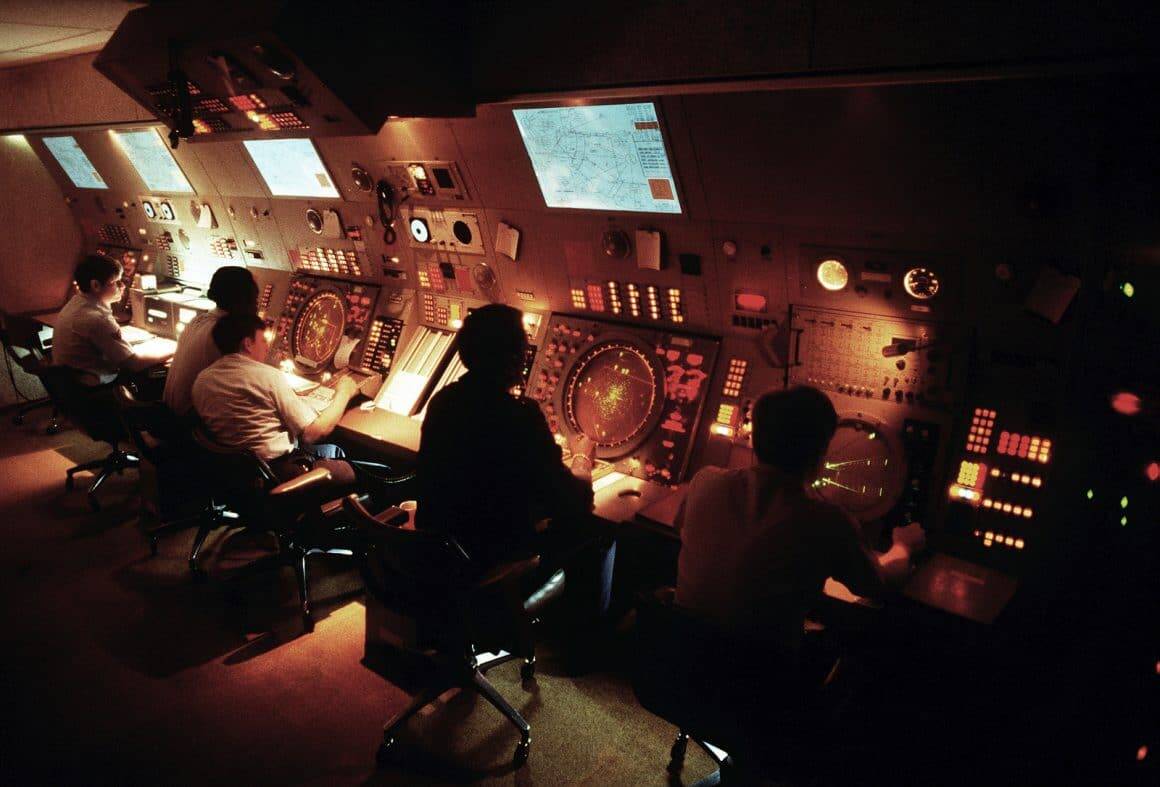Finally- Bombs That Go Boom
The second big sortie is SAT-6, or the “Live Ride.” All tactical flight training prior to SAT-6 utilized BDU-33s, small 25-pound blue training bombs that emit a puff of smoke upon impact. But on SAT-6, student pilot A-10 aircraft are loaded up with four to six LIVE Mark 82 500-pound general purpose bombs and when they impact, tremendous explosions of brown dirt and black smoke erupt 1,000 feet into the air and shake the ground. Veteran instructor pilots spend countless hours telling war stories about dropping bombs, but until a fledging Hog pilot experienced it for himself there was no true way to fully understand what it felt or looked like from the cockpit. It was simply…well…awesome! So SAT-6 was the ride every student looked forward to because they finally got to go blow stuff up for the first time. But on 2 April 1997 a SAT-6 “Live Ride” went south very quickly for Captain Craig Button.
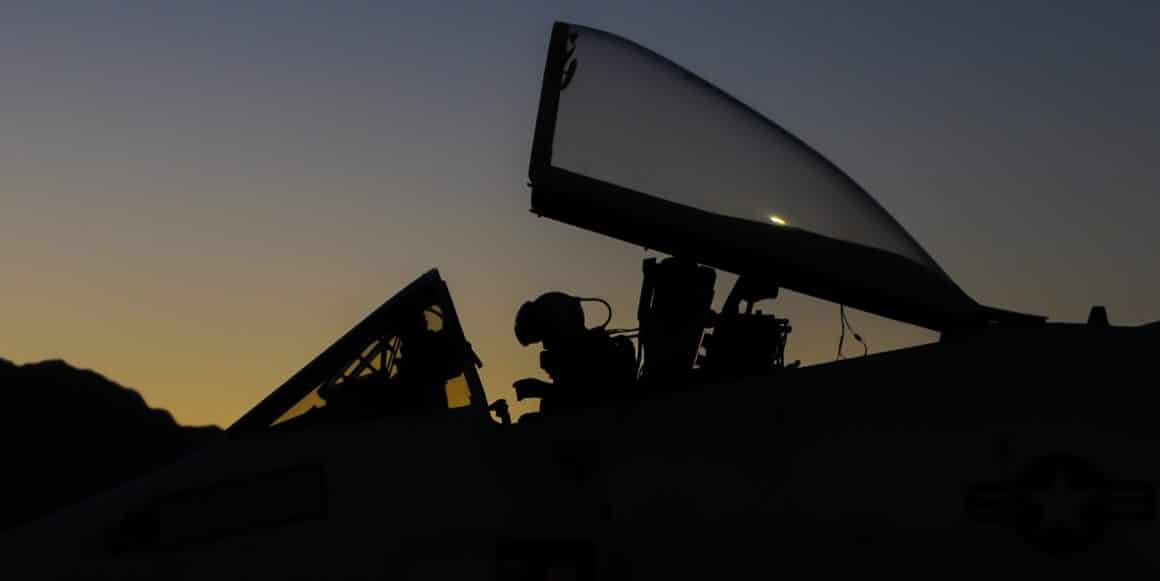
Motherhood…Standard…
SAT-6 training objectives were fairly simple – 1) safely employ live weapons, 2) hit your target, 3) and fly the correct tactical geometry. All training sorties started with a mission brief, which included “Admin” or “Motherhood” as some would call it, a discussion of tactics, and a time at the end for Q&A. Motherhood consisted of briefly discussing ground operations, takeoff, departure, enroute, RTB, pattern and landing, and a plethora of contingencies. It usually took about ten minutes to brief and over the course of time could become “standard” as the items were essentially that…standard.
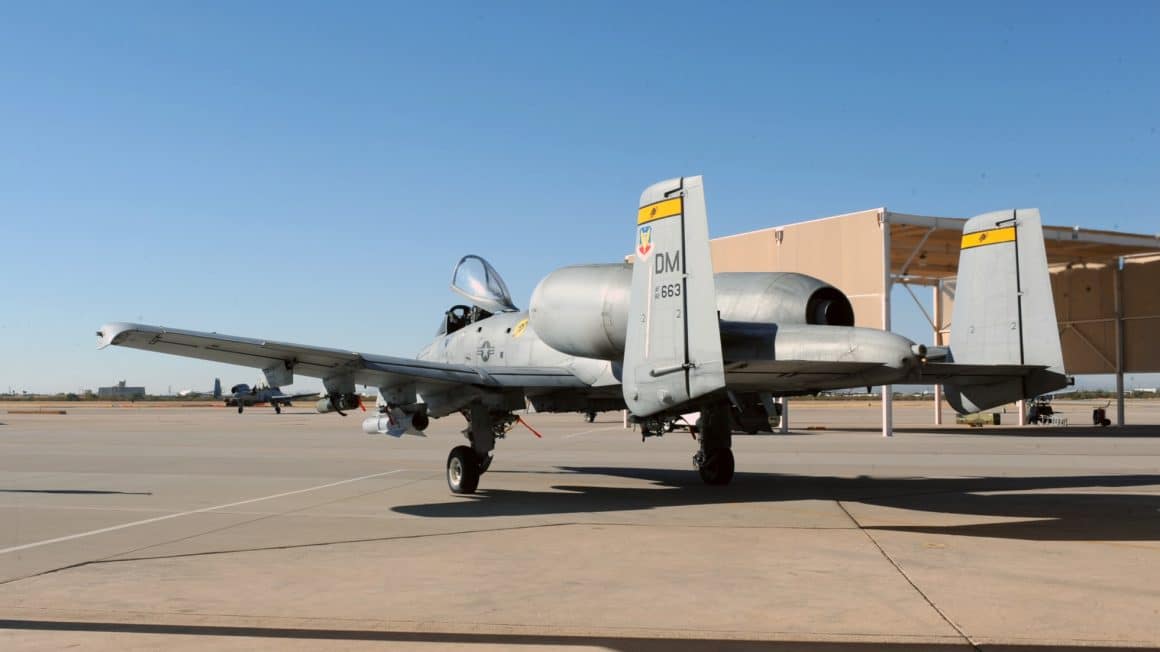
…And Not So Standard
Most instructor pilots didn’t spend a lot of time discussing the enroute formation as the young A-10 student pilots were versed and proficient in maintaining formation position. However, for this particular flight on 2 April 1997, the flight consisted of two student pilots and one instructor pilot (IP) which was a bit uncommon. Doable, but not the standard. Because of this, the IP decided to utilize a formation called “Wedge on Wedge” where the IP led, a student pilot flew as the #2 wingman 6,000-9,000 feet behind him within a 30 to 60-degree cone, and the #3 wingman in turn maintained the same parameters behind #2. Button was directed to fly A-10A serial number 79-0215 (CN A10-0479) as #3 which placed him approximately three miles behind his flight lead which in turn made it very difficult for the IP to keep tabs on him.
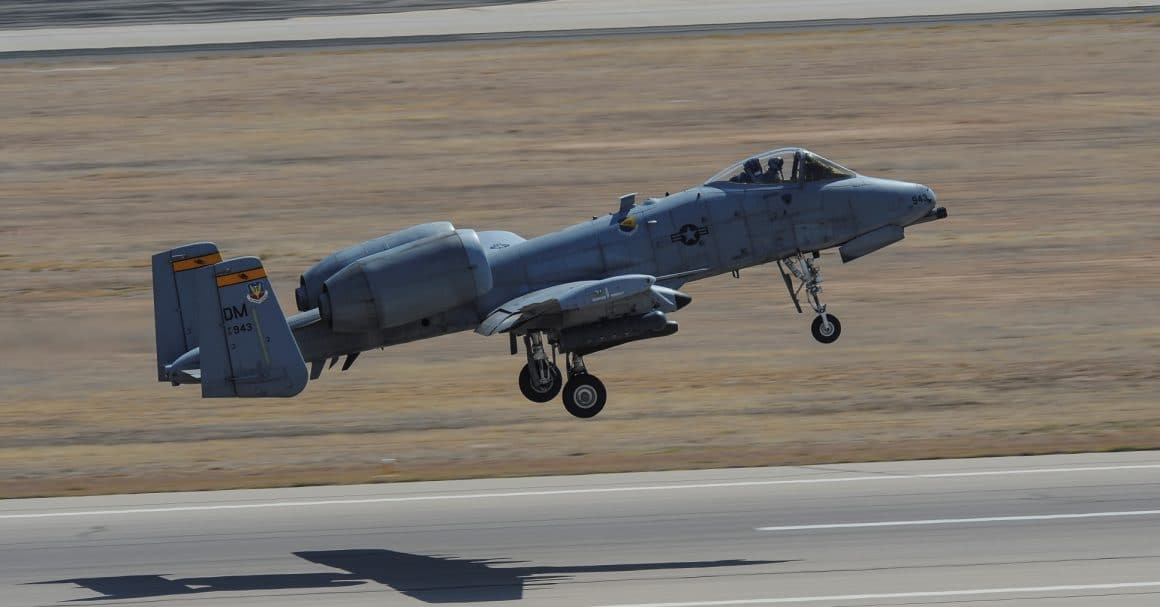
Tanking the Hog
Weather at Davis-Monthan Air Force Base (AFB) that day was a low temperature of 53 warming up to a high of 73 with no precipitation in the forecast. Barometric pressure was 29.69 with winds at 11 mph from the West-Southwest and visibility of 10 miles. Departure was uneventful and as briefed the flight of three A-10As proceeded to the air refueling track located above the middle of the Barry M. Goldwater Range complex west of Tucson. The IP led the two student pilots through air refueling training, and after topping off with fuel, descended the three-ship down to 500 feet AGL to practice Low Altitude Tactical Navigation (LATN) range through the Sonoran Desert mountains, cactus, and sandy washes enroute to their assigned tactical range for live weapons employment.
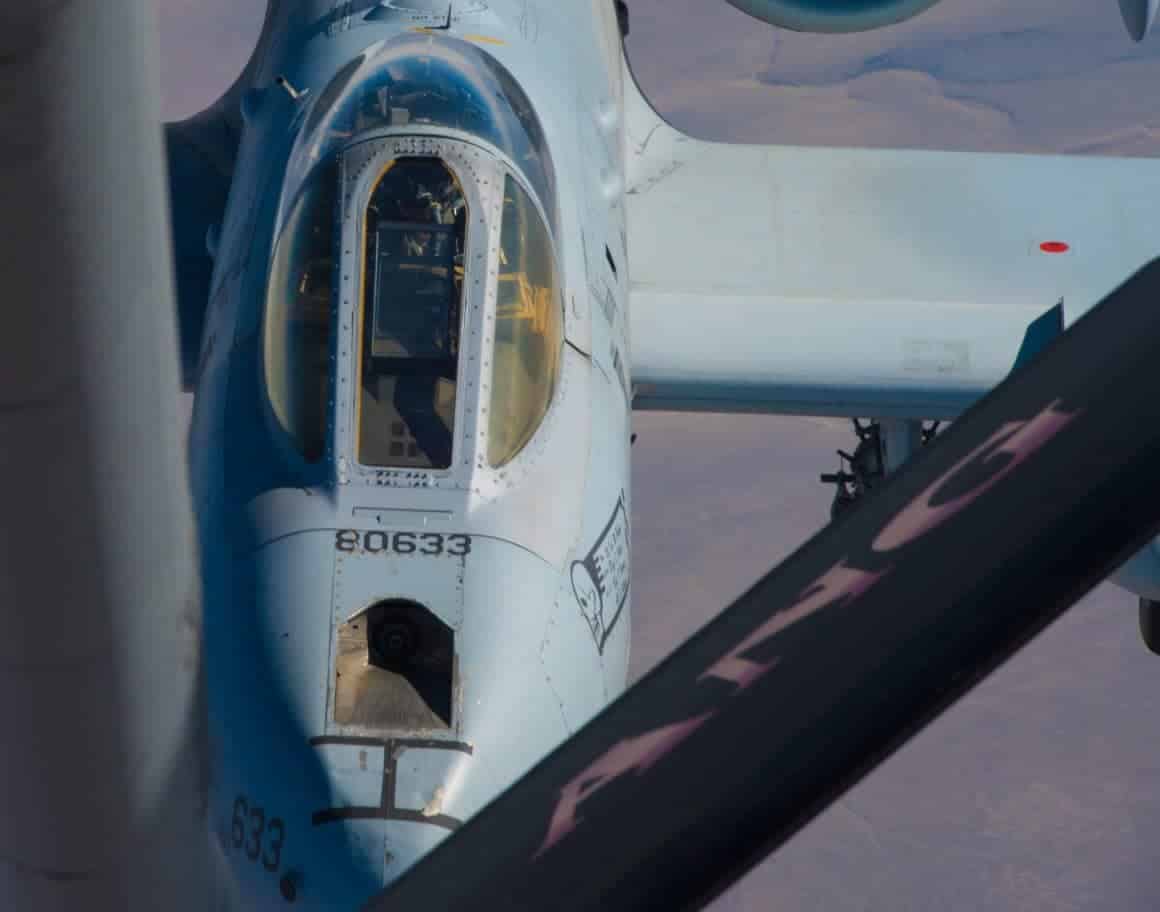
No You See Me…
A few minutes after settling into the low altitude block, Button silently broke formation near Gila Bend and took off on his own on a northeast heading toward the Four Corners area of Arizona, New Mexico, Utah, and Colorado. Because of the widely-spaced formation being flown and the difficulty maintaining sight of #3, it was several minutes before the IP realized Button had vanished. The A-10A doesn’t have an air-search radar, and the LATN training area is not controlled by Air Traffic Control so there was no way to quickly find and identify Button’s missing A-10. At the time of his deviation from his mission briefing, Button’s 347th Fighter Squadron jet was armed with four unguided Mark 82 500 pound bombs, 60 magnesium flares, 120 metal chaff canisters, and 575 rounds of 30-millimeter ammunition.
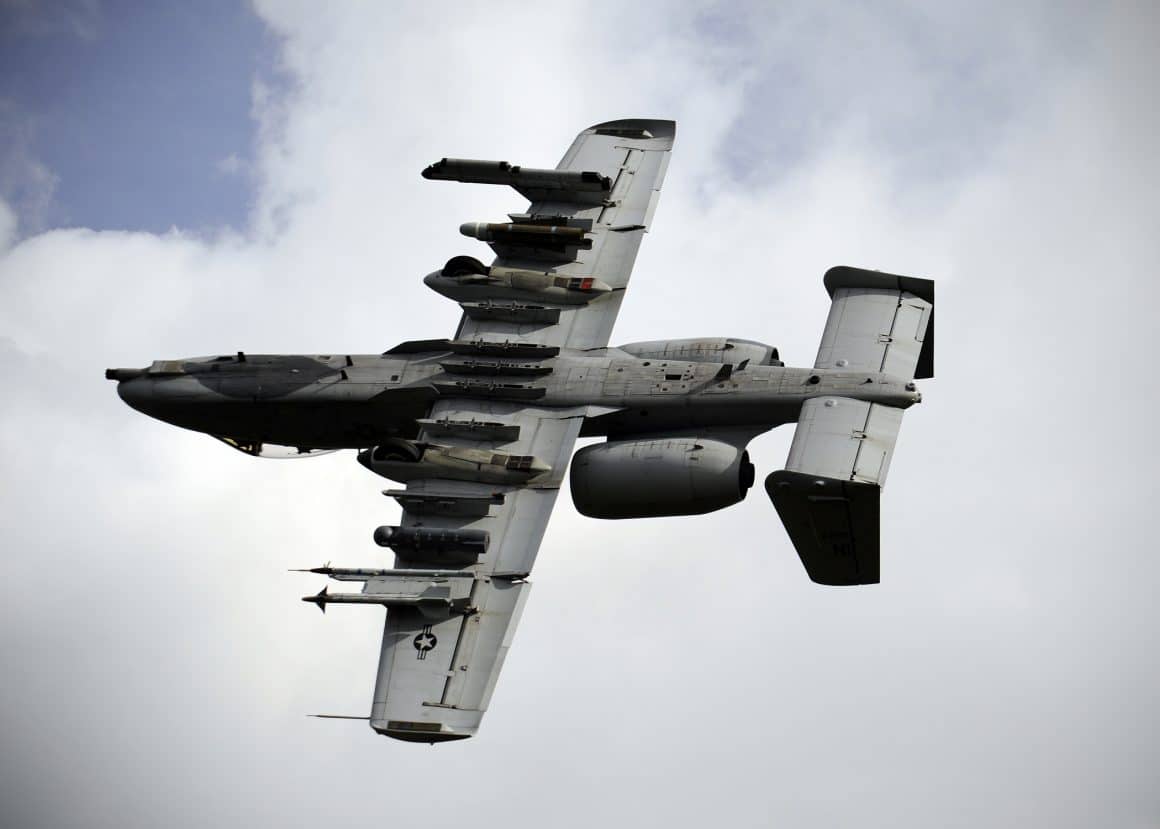
Tracked But Not Identified
Because Button’s radar transponder had been switched off, civil Air Traffic Control (ATC) radar stations in Phoenix, Albuquerque, and Denver were only able to track his jet instead of positively identify it. Despite this, a track was established and later verified by several people on the ground who were able to identify Button’s A-10A as it passed their positions while flying approximately 500 miles (800 miles off course) on a more or less direct north northeast course toward Aspen in Colorado.
